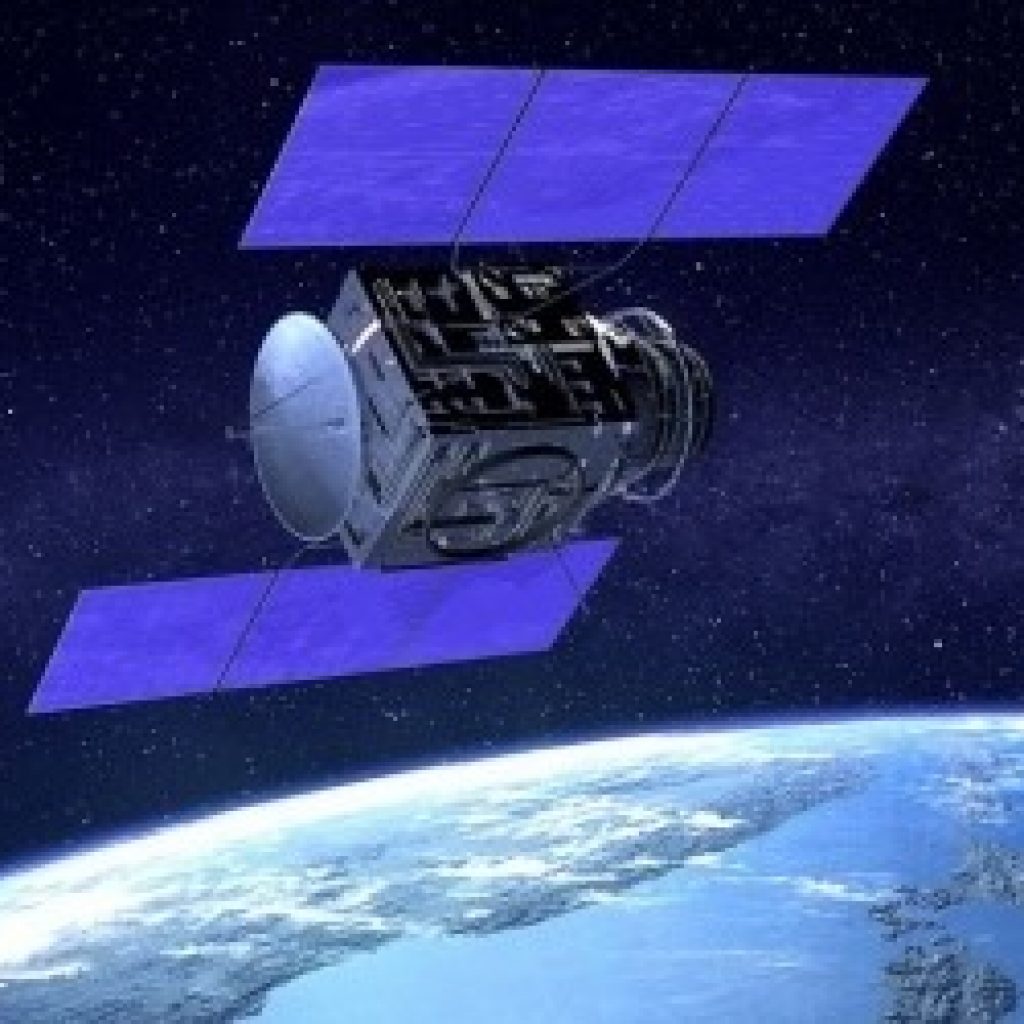(Phys.org) Researchers at the University of Science and Technology of China have recently introduced a new satellite-based quantum-secure time transfer (QSTT) protocol that could enable more secure communications between different satellites or other technology in space. Their protocol is based on two-way quantum key distribution in free space, a technique to encrypt communications between different devices. This team of researchers is the first to demonstrate satellite based QSTT using single photons.
“Our main idea was to realize quantum-secure time transfer in order to resolve the security issues in practical time–frequency transfer,” Feihu Xu, one of the researchers who carried out the study.
Xu and his colleagues demonstrated their QSTT protocol by applying it to the Micius quantum satellite. The Micius, named after ancient Chinese philosopher Micius Mozi, is the world’s first satellite capable of quantum communications, which was launched into space aboard the Long March-2-D rocket back in August 2016.
A New Scheme for Satellite-Based Quantum-Secure Time Transfer
